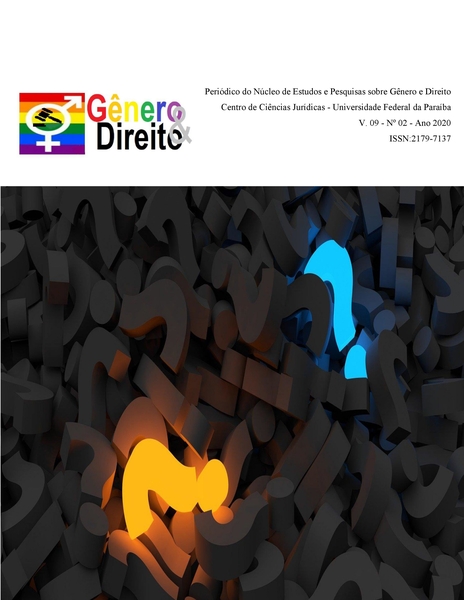EXPLAINING THE IMPLEMENTATION MODEL OF GREEN TECHNOLOGY IN IRANIAN AUTOMOBILE INDUSTRY
DOI:
https://doi.org/10.22478/ufpb.2179-7137.2020v9n2.50779Palavras-chave:
Green Technology, Green automobile Industry, Challenges in Exploiting the Green IndustryResumo
Today, the automobile industry plays a critical role in enhancing the transportation level in societies and has become an integral part of human life. Given its direct and indirect interaction with environment in all sectors of production cycle from exploiting the natural resources to manufacturing, production, consumption, and from post-consumption to disposing its wastes, this industry is considered among the major sources of environmental pollution. One of the ways to protect the environment is to institutionalize the use of green technologies in automobile industry, an industry which plays a significant role in this pollution. On the other hand, using green technologies involves the necessary infrastructure in various dimensions which is always facing multiple challenges. The necessary condition to exploit the green technologies is identifying its effective and deterrent challenges which is the focus of this discussion and has been analyzed in two principle phases. In the Phase I, the main framework of the research is formed based on identifying the challenge dimensions, factors and effective indexes according to the presented conceptual model. In the Phase II, given the qualitative nature of research, the Delphi consensus technique is applied. Regarding the consensus obtained by the experts in the first and Phase IIs of Delphi technique, the research process reached its final consensus, thus making it unnecessary to enter into the Phase III. Finally, ten environmental and internal challenging factors along with 25 indexes from their subsets were confirmed by the experts, which was used as the basis for the inference and explanation of green technology implementation in the automobile industry.
Downloads
Referências
Dess, Gregory G, Peter S. Davis, "Porter's (1980) generic strategies as determinants of strategic group membership and organizational performance," Academy of Management Journal, vol. 27.3, pp. 467-88, 1984.
verghes, K. Lewis, H, "environmental innovation in industrial packaging: a supply chain approach," international journal of production research, Vols. 45(18-19), pp. 4381-4401, 2007.
Nawrocka, Dagmara; Brorson, Torbjörn; Lindhqvist, Thomas, "ISO 14001 in environmental supply chain practices," Journal of Cleaner Production, vol. 17.16, pp. 1435-1443, 2009.
The goals and objectives of the automobile industry in the horizon of 2025; Ministry of Industries and Mines, 2009.
Karimi Kashani, Amir Hossein; Seyed Esfahani, Mirmahdi, Designing and Explaining the Model of Technology Development in the automobile Industry in Iran with Emphasis on Export Development Strategy, 2004.
Peter W. Stonebraker; Jianwen Liao, " Environmental turbulence, strategic orientation: Modeling supply chain integration," International Journal of Operations & Production Management, vol. 24, pp. 1037 - 1054, 2004.
Karimi Kashani, Amir Hossein; Seyed Esfahani, Mirmahdi, Designing and Explaining the Model of Technology Development in the automobile Industry in Iran with Emphasis on Export Development Strategy, 2004.
Davodi, H., Iravani, H., Fami, H. S., & Ameri, Z. D. (2017). Affecting Factors on Water Resources' Sustainability in case of small holding farmers, Alborz province, Islamic Republic of Iran. Advances in Bioresearch, 8(3).
Jaffe; Adam, B; et al, "Environmental Regulation and the Competitiveness of U.S. Manufacturing: What Does the Evidence Tell Us?" Journal of Economic Literature, Vols. 33, No. 1, pp. 132-163, 1995.
Anbari, M., Bagheri, R., & Davodi, H. (2013). Survey of Social factors Effective on discontinuation of innovation in rural areas (Case Study: Drip irrigation Technology in Lorestan). Journal of Science and today's world, 2(5), 451-464.
Don, Kash; et al; (Advisory Panel), "Advanced automobile Technology: Visions of a Super-Efficient Family Car," 1995

